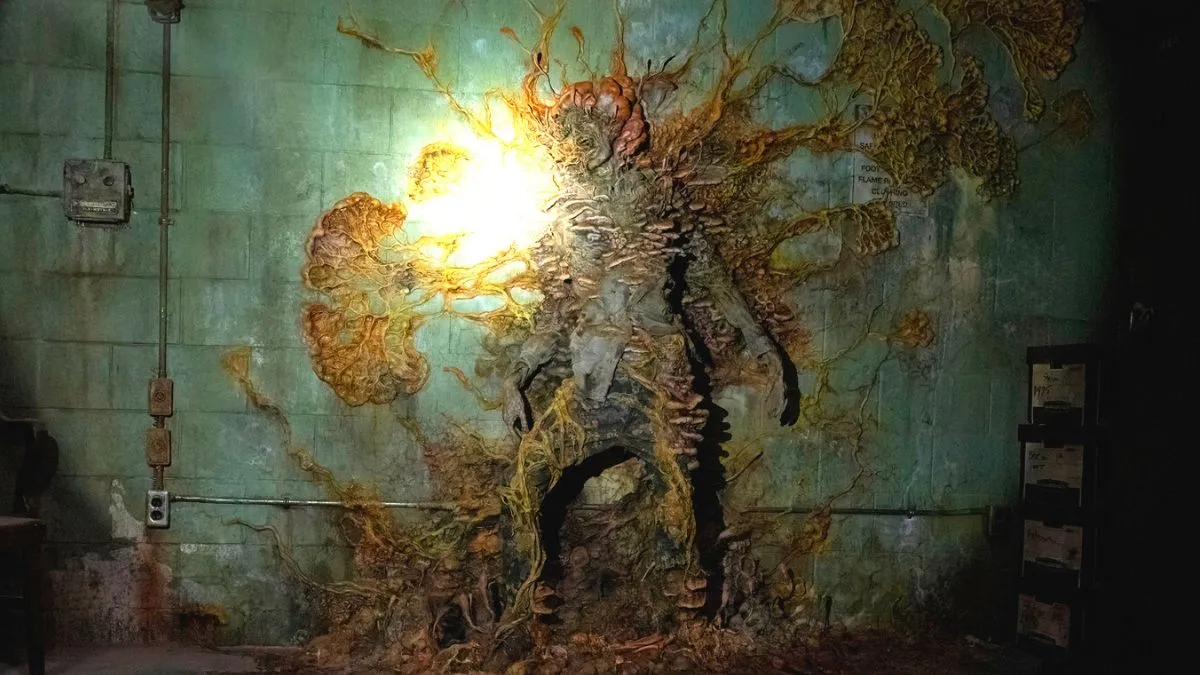HBO’s The Last of Us opened with a scientist warning a chat show audience that the real threat to mankind isn’t viruses or bacteria, it’s fungi. After all, we can create a vaccine for a virus or use antibiotics against bacteria, but a fungus is a much more complex prospect.
We soon saw exactly how this would play out in the first episode of the show, as civilization collapsed overnight as people around the world succumbed to cordyceps infection and became ravenous monsters. 20 years later and the world remains in ruins, with most survivors hiding behind massive concrete walls in the remains of cities.
Could this really happen? The Sydney Morning Herald asked some scientists to weigh in, and the answers may disturb. Dr. Claudia Simm notes that fungal infections are increasing and there’s no easy solution:
“It is a bit daunting. It’s multi-drug resistant and we’re really running out of options for treatment. This is not your simple toenail infection. It’s really scary stuff.”
The World Health Organization’s Dr. Hanan Balkhy, the assistant director general for antimicrobial resistance, underlined that this is a serious problem:
“Emerging from the shadows of the bacterial antimicrobial resistance pandemic, fungal infections are growing, and are ever more resistant to treatments, becoming a public health concern worldwide.”
Professor Ana Traven, who co-directs a superbug threats training program, has some cheerier news – pointing out that fungal infections aren’t transmissible and that there’s no known fungus that can affect human behavior:
“There is definitely no fungus that would do something like this to a human. But it does happen in the insect world.”
But, just as in the show, that could change. Associate Professor of Infectious Diseases Justin Beardsley admits that climate change could affect fungal adaptability. He also pointed to a recent incident in India, where diabetic patients with COVID-19 were given steroids that had an unexpected side-effect of making them susceptible to mucormycosis infection:
“They weren’t dying from COVID, they were dying from this fungal infection in their sinuses that eats into the brain. That was very eye-opening – that these sorts of fungal infections could complicate a viral respiratory pandemic.”
The Last of Us writers clearly did their homework, as much of this research seems to have made its way to the show in one form or another. It’s good that we’re not in danger of being invaded by Clickers anytime soon, though on a wider scale it’s safe to say the future is looking decidedly fungal.
The Last of Us airs Sundays on HBO.
